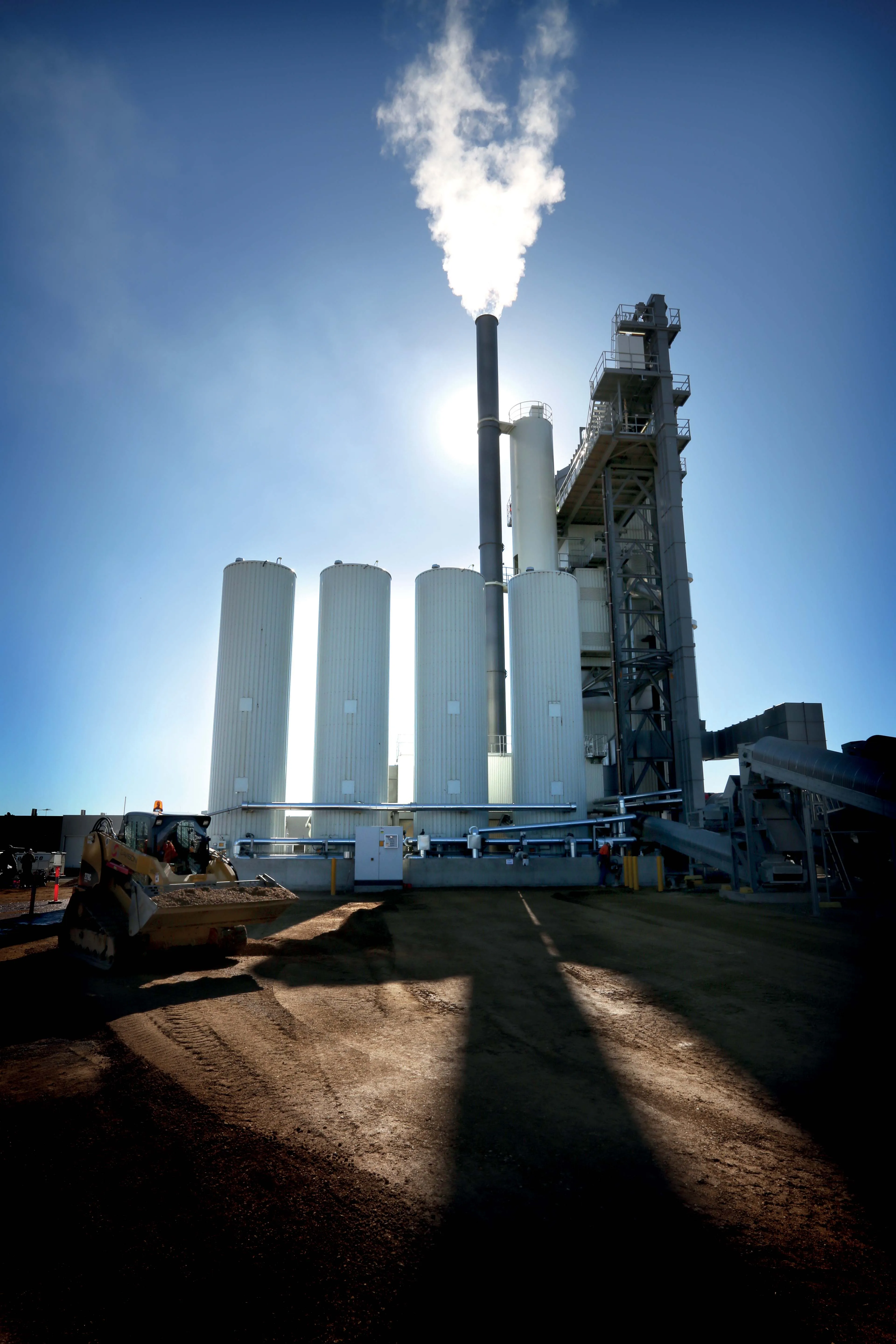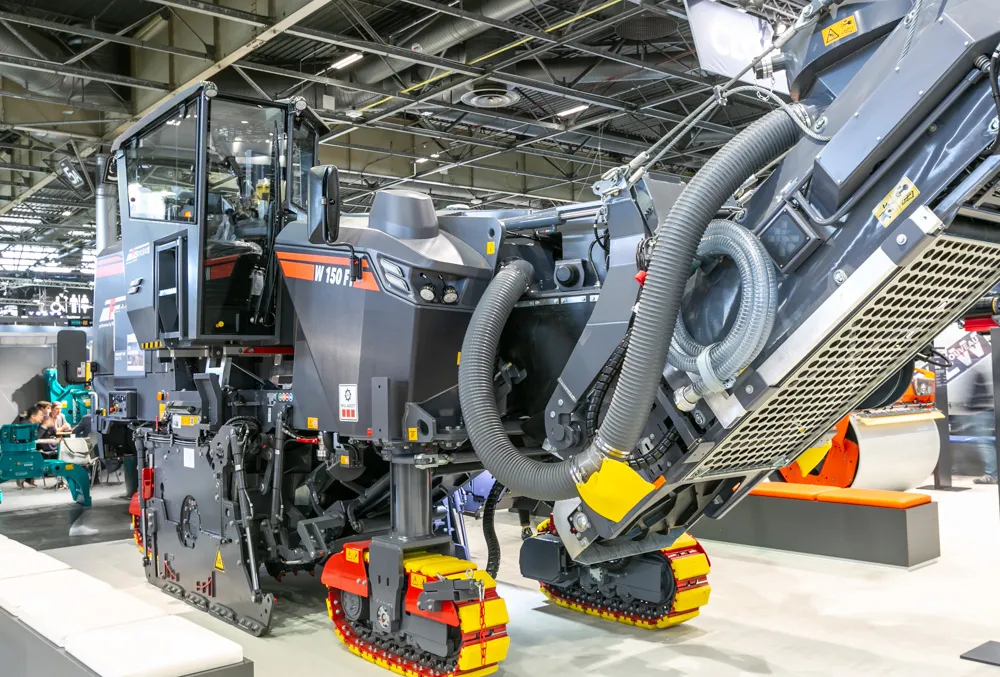Special applications require stringent quality control and with compaction machines a key part of the paving process, their contribution can be vital. A high quality finish has helped athletes breaking sporting records on the track at the Shanghai Stadium in China during this year's 2008 Summer Olympic Games. Built in 1997 the stadium has been the venue for numerous major sporting events prior to the Olympics, however its track was showing signs of wear and the local authorities decided that a full refurbis
July 31, 2012
Read time: 4 mins

Special applications require stringent quality control and with compaction machines a key part of the paving process, their contribution can be vital.
A high quality finish has helped athletes breaking sporting records on the track at the Shanghai Stadium in China during this year's 2008 Summer Olympic Games. Built in 1997 the stadium has been the venue for numerous major sporting events prior to the Olympics, however its track was showing signs of wear and the local authorities decided that a full refurbishment was required.To bring the track up to the necessary standard, a high quality finish was needed so as to conform to the highly-specific requirements of the International Olympic Committee. The main and sub-track rehabilitation totaled over 15,000m, and from start to finish took crews over 10 days to complete. A
Meanwhile
The State Road SR71 connects Arezzo and Florence in Tuscany, and Matteini works on a section between Arezzo and Bibbiena. This historic road link was last fully repaved 25 years ago and increasing traffic levels as well as the poor grades of asphalt and old-fashioned compaction techniques used have resulted in numerous potholes and severe cracking. Arezzo-based contractor Matteini has been using its new Dynapac PL2000 planer and CP271 pneumatic roller along with an F141CR paver and CC522HF and CG233 tandem asphalt rollers. Repair work has been carried out at night to minimise traffic disruption, with milling carried out on each section during the first night and paving of the wearing course the next. This work has been carried out in sections up to 3km long, which require up to 10,000m² of paving on the 10.5m wide, two lane highway.
Matteini is milling the wearing and binder courses in a single pass to a combined depth of 120mm, with the Dynapac PL2000LS milling to its full 2m operating width. The contractor has then repaved the 80mm binder course with a 0/20mm asphalt mix and compacts this with its Dynapac CP271 pneumatic roller and a CC522HF articulated tandem roller. A bitumen emulsion modified spray has been applied above the binder at 1kg/m² to maximise drainage and also to provide a waterproof buffer layer for the binder course. The 40mm thick, porous wearing course, using a 0/12mm porous mix with 20% voids, has then been laid and has also provided anti-skid properties.
To achieve the specified 99% compaction density, Matteini has been using its Dynapac CG233HF roller to deliver three vibrating passes and a single static pass. The CG233HF offers a high frequency mode with low amplitude for thin asphalt layers with a high stone content, which is said to ensure effective compaction without crushing the stone. The CG233HF is then followed by the Dynapac CC522HF roller, which makes two vibrating and one static pass.
The same paving and compaction machines have also been used by the same contractor pave a parking area close to the SR71 highway. n









